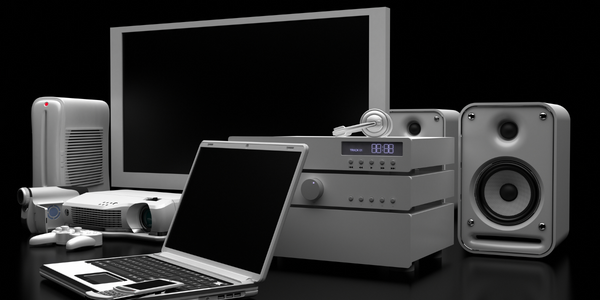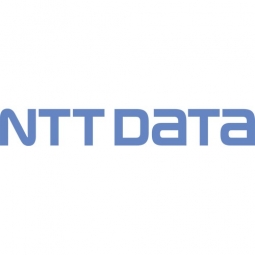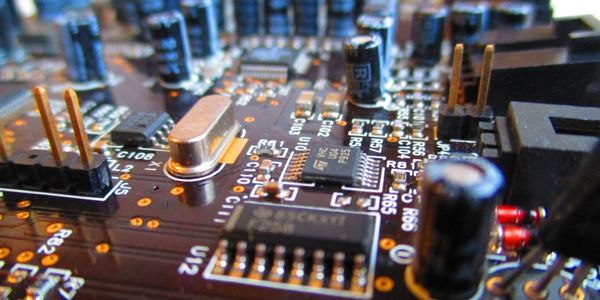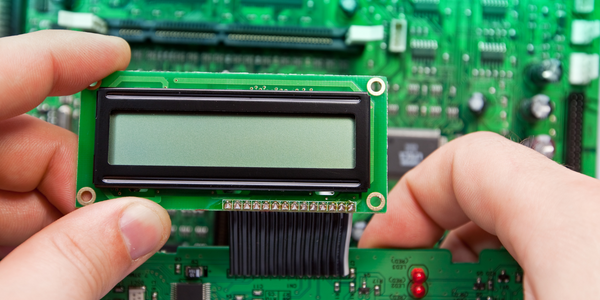
Technology Category
- Infrastructure as a Service (IaaS) - Cloud Storage Services
- Platform as a Service (PaaS) - Device Management Platforms
Applicable Industries
- Electronics
- National Security & Defense
Applicable Functions
- Quality Assurance
Use Cases
- Cybersecurity
- Tamper Detection
Services
- Cybersecurity Services
- Testing & Certification
The Customer
Konica Minolta, Inc.
About The Customer
Konica Minolta Business Solutions is a global provider of award-winning multi-function printers. The company is highly aware of customer concerns about the security of network-connected devices, with device security representing as much as 50% of their customers' purchasing decisions. Konica Minolta puts its products through rigorous internal cybersecurity tests to meet PCI, HIPAA, FERPA, and GDPR regulations. The company recently launched its new line of multifunction printers, the bizhub i-Series, which features multiple next-generation technologies, including solid state storage, a new code base, firmware, and integrated cloud services.
The Challenge
Konica Minolta, a global provider of multi-function printers, was faced with the challenge of ensuring the security of its network-connected devices. With the rise of cyber threats, the company recognized that device security was a significant concern for its customers, influencing up to 50% of their purchasing decisions. Despite conducting rigorous internal cybersecurity tests to meet PCI, HIPAA, FERPA, and GDPR regulations, Konica Minolta sought to further reassure its customers by investing in an extra layer of threat protection. The company aimed to identify any potential vulnerabilities in its new bizhub i-Series multifunction printers, thereby preventing hackers from exploiting these devices and causing data theft, business disruption, and financial turmoil.
The Solution
To address this challenge, Konica Minolta partnered with NTT DATA and NTT Security to perform advanced penetration tests on its new printer line. The company provided a line of its multifunction printers and their source code to NTT DATA for testing. After approximately 80 hours of attempting to hack into the devices, the engineers found no major security vulnerabilities. This validation from NTT DATA reinforced Konica Minolta's reputation for offering secure products. Furthermore, when Konica Minolta launched its new line of multifunction printers, the bizhub i-Series, it once again turned to NTT DATA for penetration tests. The tests suggested modifications that would enhance device security and future-proof the product, which Konica Minolta implemented before releasing the product to market.
Operational Impact
Quantitative Benefit

Case Study missing?
Start adding your own!
Register with your work email and create a new case study profile for your business.
Related Case Studies.

Case Study
Remote Temperature Monitoring of Perishable Goods Saves Money
RMONI was facing temperature monitoring challenges in a cold chain business. A cold chain must be established and maintained to ensure goods have been properly refrigerated during every step of the process, making temperature monitoring a critical business function. Manual registration practice can be very costly, labor intensive and prone to mistakes.

Case Study
Cloud Solution for Energy Management Platform-Schneider Electric
Schneider Electric required a cloud solution for its energy management platform to manage high computational operations, which were essential for catering to client requirements. As the business involves storage and analysis of huge amounts of data, the company also needed a convenient and scalable storage solution to facilitate operations efficiently.

Case Study
Leveraging the IoT to Gain a Competitive Edge in International Competition
Many large manufacturers in and outside Japan are competing for larger market share in the same space, expecting a growing demand for projectors in the areas of entertainment, which requires glamor and strong visual performance as well as digital signage that can attract people’s attention. “It is becoming more and more difficult to differentiate ourselves with stand-alone hardware products,” says Kazuyuki Kitagawa, Director of Service & Support at Panasonic AVC Networks. “In order for Panasonic to grow market share and overall business, it is essential for us to develop solutions that deliver significant added value.” Panasonic believes projection failure and quality deterioration should never happen. This is what and has driven them to make their projectors IoT-enabled. More specifically, Panasonic has developed a system that collects data from projectors, visualizes detailed operational statuses, and predicts issues and address them before failure occurs. Their projectors are embedded with a variety of sensors that measure power supply, voltage, video input/ output signals, intake/exhaust air temperatures, cooling fan operations, and light bulb operating time. These sensors have been used to make the projector more intelligent, automatically suspending operation when the temperature rises excessively, and automatically switching light bulbs. Although this was a great first step, Panasonic projectors were still not equipped with any capability to send the data over a network.






